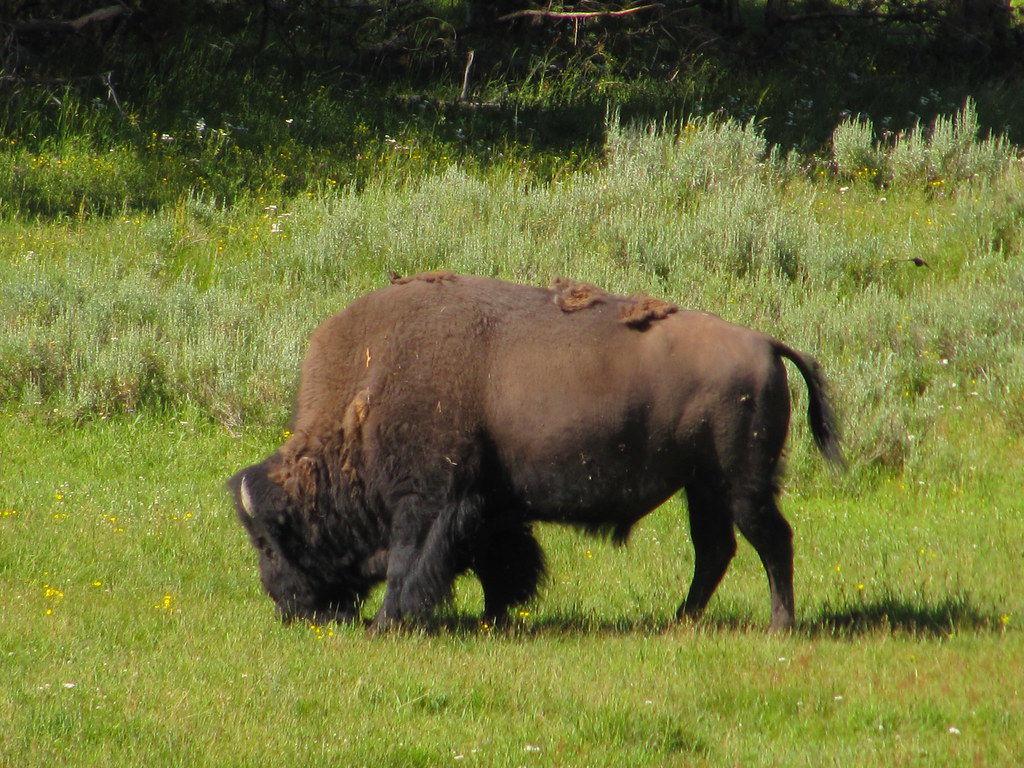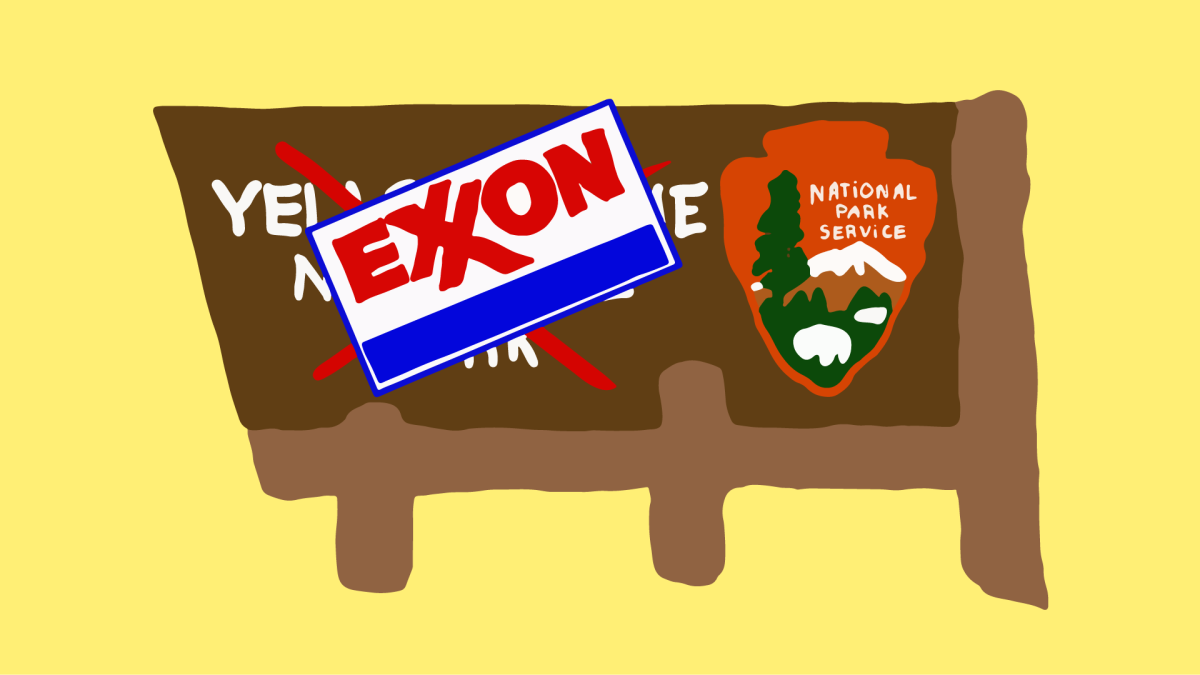The U.S. Fish and Wildlife Service refuses to perform an in-depth review about whether Yellowstone National Park bison should be on the endangered species list.
The Endangered Species Act allows citizens to petition to add, remove or reclassify species on the list of endangered and threatened wildlife and plants.
The Service recently received three petitions from animal advocates who believe the Mojave poppy bee, the Mount Graham red squirrel and the Yellowstone bison should be listed under the ESA.
The Mojave poppy bee and the Mount Graham red squirrel will undergo in-depth review to consider if both species should be added to the ESA.
The Service declined to review the Yellowstone bison because the petition did not include substantial scientific or commercial information to warrant the animal as endangered or threatened.
This is the second time the Service refused to consider listing bison under the ESA. The first time animal advocates signed a petition for Yellowstone bison was in 2014.
A federal judge said the Service didn’t sufficiently refute evidence the animal was at risk from disease, hunting, habitat loss, climate change, mismanagement and introduction of cattle genes into their population after the agency declined to support the first petition.
Buffalo Field Campaign Habitat Coordinator Darrell Geist said the Service applied the wrong evidentiary standard to the first petition.
Geist sued the agency over the bison listing because he said the distinct subpopulation of bison in the central range is at risk of extinction.
Yellowstone bison are the oldest and largest population of wild bison. It is the only U.S. herd that descends from a wild herd. The herds are free-ranging and subject to natural selection factors, such as predation and competition in Montana, according to the Service.
Since these bison have the ability to compete for mates, migrate and explore public land, their numbers have significantly increased in the last century.
Some Yellowstone bison are infected with brucellosis. The disease can be transmitted to wild bison, elk and cattle. It causes animals to abort their young. Although most of the park’s bison have pure genes, some have accidental introgression of cattle genes.
The National Park Service works with other federal, state and tribal agencies to manage and develop policies for bison. Yellowstone has a slaughter program. Some bison are used for research, while a large number are hunted.
Bison are managed as small, isolated herds behind fences that require selective culling for commercial meat sales each year. These restrictions affect the long-term recovery of bison as a species, and how people interact with them, according to the National Park Service.
The central range declined from 3,500 in 2006 to 847 in 2017. However, Yellowstone’s northern herd grew from about 1,500 bison to almost 4,000 during that period.
Although experts and residents urge the Service to list bison under the ESA, there is not enough data to show their population is decreasing. Instead, the agency should protect bison habitats.
Livestock and livestock grazing impacts bison’s habitats. Livestock requires fencing, cattle-guards and roads to control livestock movement on public land. This impairs their movement and exposes them to disease transmission with domesticated animals.
The Service will have to list Yellowstone bison under the EPA if action isn’t taken to protect this iconic species’ habitat.
Jasmine Edmonson is a 21-year-old mass communication junior from Denham Springs, Louisiana.
Opinion: Yellowstone bison continuous habitat loss could lead to extinction
October 14, 2019







